The representative of the Tobacco Harm Prevention Fund ( Ministry of Health ) said that the benefits of implementing smoke-free public transport, piers, bus stations, train stations, and ports are numerous. The majority of passengers who do not smoke want to travel on smoke-free transport, especially those who are prone to motion sickness, the elderly, women, and children.
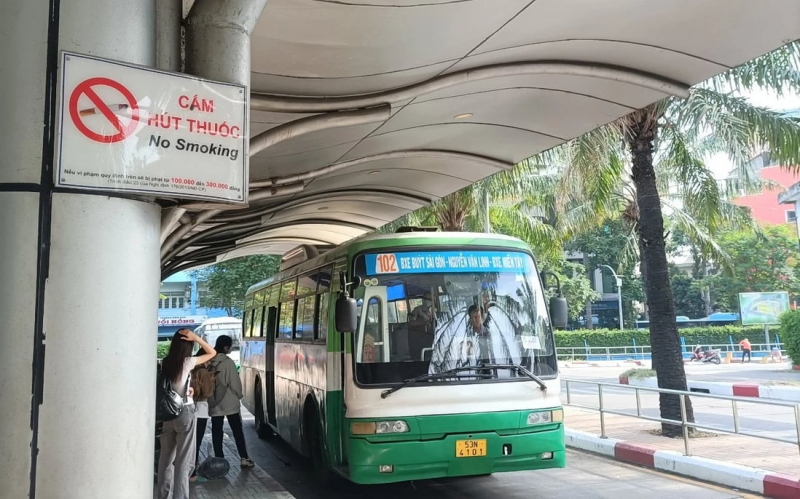
A smoke-free environment also shows passengers that the vehicle owner cares about their health. Therefore, they want to travel in smoke-free vehicles. This will attract more passengers, contributing to increased revenue for the company.
Smoke-free public transport reduces environmental sanitation and vehicle maintenance costs such as: cleaning, washing curtains, ceilings and deodorizing vehicles, maintaining air conditioning, seat cushions, carpets and curtains burned by cigarettes.
Reduces the risk of fire and explosion, contributing to reducing the risk of property damage to vehicle owners. Reduces health insurance costs for treatment of tobacco-related diseases, while also limiting the decline in labor productivity due to sick leave of employees.
Implementing smoke-free wharves, bus stations, train stations, ports and public transport means helps passengers, officials and employees of the transport sector access information on the harmful effects of tobacco as well as measures to prevent passive smoking to protect their own health.
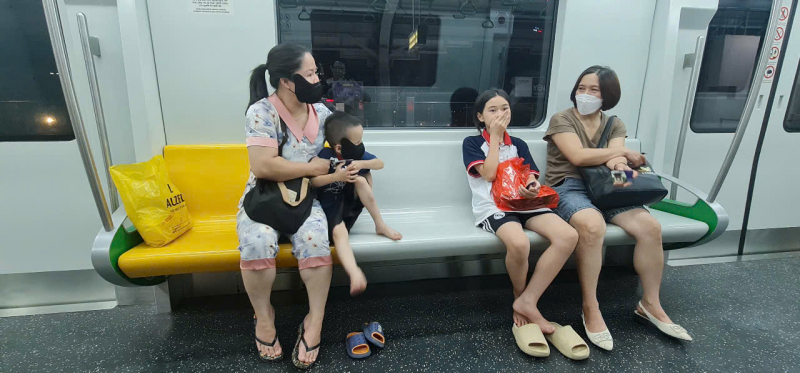
Smoke-free environments reduce exposure to tobacco smoke, contributing to a reduction in morbidity and mortality from tobacco-related diseases among passengers, drivers, bus attendants, and transportation industry employees.
Smoke-free environment reduces the risk of fire and explosion, contributing to reducing loss of life for staff, employees and passengers participating in traffic.
For transport sector staff, working in a smoke-free environment will result in better health and reduced costs for treating tobacco-related illnesses for themselves and their families.
A smoke-free environment creates favorable conditions for smokers to increase their determination to quit smoking, quit smoking or reduce the number of cigarettes smoked; contributing to creating a civilized lifestyle at the workplace of transport sector staff.
According to the Tobacco Control Fund, non-smokers are the majority in the community. They have the right to breathe clean air that is not polluted by tobacco smoke. This is also one of the contents of the “Right to the enjoyment of the highest attainable standard of health” stipulated in the International Covenant on Economic, Social and Cultural Rights and in the Framework Convention on Tobacco Control.
Therefore, the criteria for smoke-free public transport must have "no smoking" signs; there must be no smoking on the vehicle, regardless of whether the vehicle is running or stopped or resting.
There is no buying, selling, advertising or marketing of tobacco on public transport. There are regular inspections, monitoring and reminders of compliance with the smoking ban.
For vehicles that are allowed to have a designated smoking area, the designated area must meet the following requirements: be completely enclosed; have a separate ventilation system; have signs in an easily visible location; have a device to hold cigarette butts and ashes; have fire prevention and fire fighting equipment. If the designated area does not meet these requirements, a complete smoking ban must be enforced.
Implementing smoke-free public transport not only creates a healthy environment, ensuring the right of non-smokers to breathe clean, smoke-free air, but also helps reduce tobacco use and reduce morbidity and mortality from tobacco-related diseases for everyone.
Source: https://cand.com.vn/y-te/loi-ich-khi-thuc-hien-phuong-tien-giao-thong-cong-cong-khong-khoi-thuoc-i783138/


![[Photo] President of the Cuban National Assembly visits President Ho Chi Minh's Mausoleum](https://vphoto.vietnam.vn/thumb/1200x675/vietnam/resource/IMAGE/2025/10/1/39f1142310fc4dae9e3de4fcc9ac2ed0)


![[Photo] Hanoi morning of October 1: Prolonged flooding, people wade to work](https://vphoto.vietnam.vn/thumb/1200x675/vietnam/resource/IMAGE/2025/10/1/189be28938e3493fa26b2938efa2059e)

![[Photo] Keep your warehouse safe in all situations](https://vphoto.vietnam.vn/thumb/1200x675/vietnam/resource/IMAGE/2025/10/1/3eb4eceafe68497989865e7faa4e4d0e)






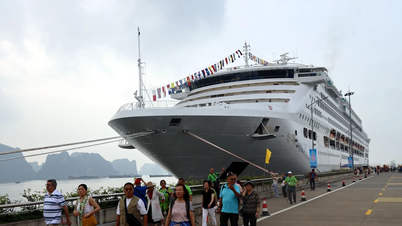










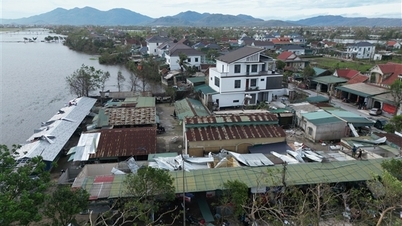

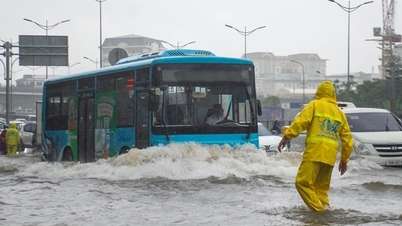





























































Comment (0)